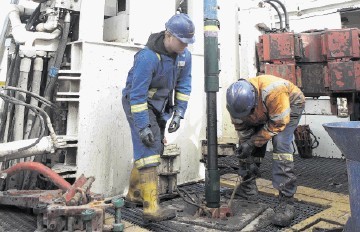
Only a quarter of the shale gas in one of the UK’s biggest reserves might be recoverable due to limited space to develop the necessary wells, academics have said.
Immovable infrastructure such as buildings, roads and rivers put constraints on the area of the Bowland Shale – the rock thought to hold most of our shale gas reserves – that could be developed, say researchers from experts consortium ReFINE (Research Fracking in Europe).
They mapped possible sites on to the areas licensed for potential gas extraction.
They concluded that within a typical 10km by 10km square, only a quarter of the area could accommodate wells when existing properties, natural features and transport links were factored in.
Lead author Sarah Clancy, a postgraduate student in the Department of Earth Sciences, Durham University, said: “Our findings suggest that the number of wells that could be developed could be limited by existing and immovable infrastructure which, in turn, would reduce the amount of shale gas that could be extracted.”
The Bowland Shale is found throughout large parts of northern England, as well as parts of the Midlands, north Wales and the Isle of Man.
The research, led by Durham University is published in the journal Science of the Total Environment.